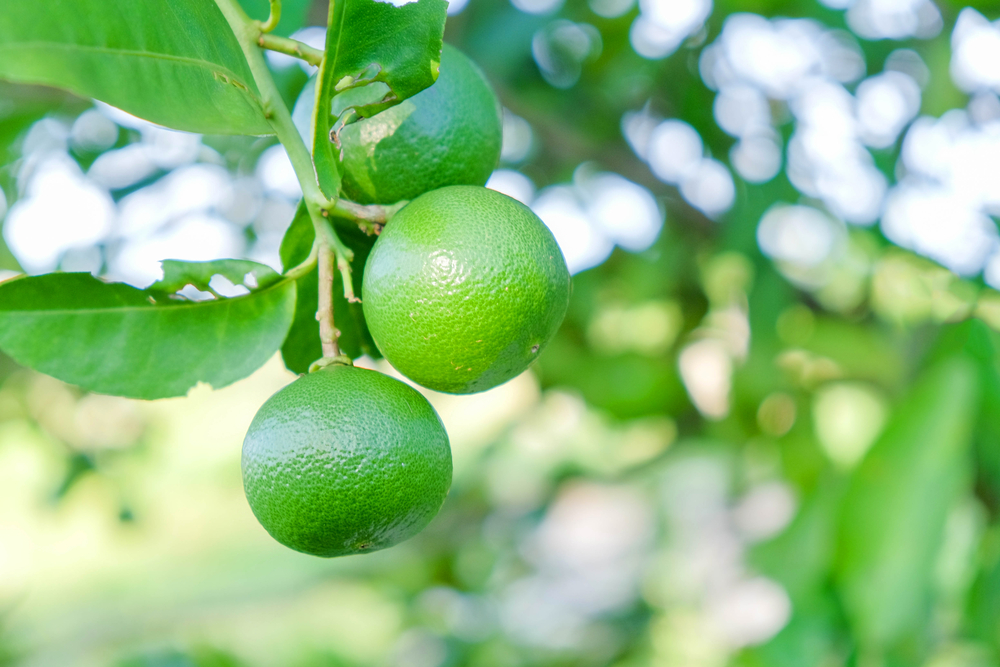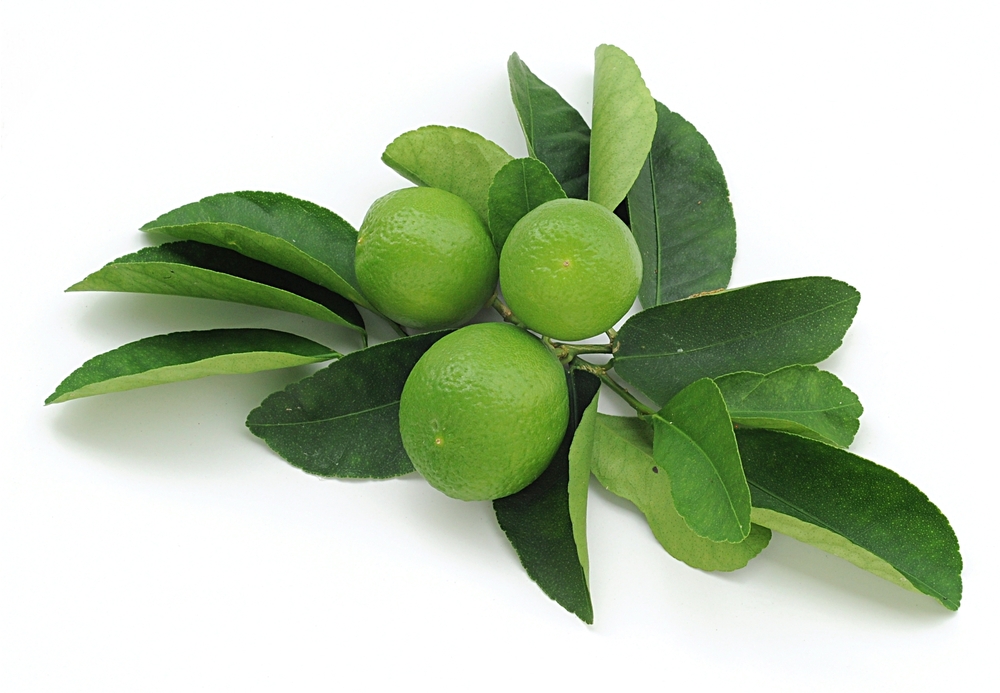In the heat of summer, there’s nothing like a tall glass of lemonade made with fresh-squeezed lemons. And what could be more refreshing than sipping on lemonade made with fruit from your very own tree? If you’re looking for a citrus tree that’s both easy to care for and drought-tolerant, the Spanish lime tree is a great option. Aside from adding a hint of beauty to your yard, these trees are also easy to care for.
However, like any other tree, there are a few things you’ll need to do to ensure that your Spanish lime tree stays healthy and happy. Here’s everything you need to know about Spanish lime tree care.

| Botanical Name | Melicoccus Bijugus |
| Common Name | Spanish Lime Tree |
| Plant Type | Perennial |
| Flower Color | Small and white with a sweet fragrance |
| Size When Mature | 84-300 inches |
| Bloom Time | Early Spring |
| Sun Requirements | Full Sun |
| USDA Hardiness Zones | 9 – 12 |
| Soil PH Range | 6.0-7.0 |
| Soil Type | Neutral, and well-draining |
| Water Needs | Medium |
| Native Area | South America |
What You Need to Know About Spanish Lime Tree
The Spanish Lime Tree is a beautiful evergreen tree that can reach 7-25 feet in height. They are native to South America and belong to the Soapberry family. The tree has simple leaves that are dark green in color and have a glossy texture with a smooth edge.
The flowers produced by the tree are small and white and have a sweet fragrance. They have a short blooming period of 2-3 weeks during the springtime and are followed by small, round fruits that are green in color and turn yellow when ripe.
This tree is considered a fast-growing lime tree and can live up to 30 years given the right care. In addition, they are relatively low-maintenance and drought-tolerant, making them ideal for those who do not have a lot of time to care for their plants.
How to Care for Spanish Lime Tree
Here’s everything you need to know about growing and caring for a thriving Spanish Lime Tree:
Light
The Spanish Lime Tree likes to be bathed in full sun and does best in bright, direct light. It can also tolerate partial shade, but it will not produce as many flowers and fruits in these conditions, so you may want to take note of that. If you live in an area with intense heat, it’s best to provide some afternoon shade to avoid leaf scorch.
Water and Soil Needs
Young Spanish Lime Trees need to be constantly watered to make sure the soil stays moist. Once the tree is established, it can tolerate drought conditions and only needs to be watered every few weeks.
The tree can grow in any type of soil as long as it is well-draining. To ensure good drainage, mix in some sand or gravel when planting. This is applicable, particularly if you live in an area with clay.
Having soil with a pH range of 6.0-7.0 will also help the tree to thrive. You can achieve this by adding some compost or peat moss to the soil to increase its acidity. If your soil is heavy and clay-like, it’s a good idea to mix in some organic matter to help loosen it up.
Temperature Requirements
The Spanish Lime Tree is a tropical plant and does best in warm climates. It is hardy in USDA zones 9-12 and can only tolerate cold temperatures down to 55 degrees Fahrenheit but will not produce fruit in these conditions. If you live in a colder climate, it’s best to grow the tree indoors or in a greenhouse.
Fertilizer
The best fertilizer to use on a Spanish Lime Tree is a completely balanced and organic fertilizer. You can apply it to the soil around the tree every other month. If you see that the leaves are starting to turn yellow, this is a sign that the tree is not getting enough nutrients, and you should increase the amount of fertilizer you are applying.
Common Diseases
The Spanish Lime Tree is susceptible to a few different diseases. The most common diseases include armillaria root rot, bacterial blast, and citrus nematode.
Armillaria root rot is a fungal disease that attacks the roots of the tree and can eventually kill it. The best way to prevent this disease is to ensure the tree is planted in well-draining soil and avoid stress on the tree by not over-watering it.
Bacterial blast is a disease that affects the tree’s fruits and causes them to rot. The best way to prevent this disease is to ensure the tree gets enough water and fertilizer.
Citrus nematode is a type of parasitic worm that attacks the tree’s roots and, if left unchecked, can kill the tree. The best way to prevent this disease is to make sure the tree is planted in well-draining soil and by regularly checking the roots for signs of infestation.
Avoiding these diseases is the best way to keep your Spanish Lime Tree healthy and thriving.
Spanish Lime Tree Propagation
The Spanish Lime Trees can be propagated through seeds, cuttings, or grafting.
Propagating the tree through seeds is the most challenging method and is not recommended for beginners. The seeds need to be extracted from the fruits of the tree and then soaked in water overnight. They should then be planted in well-draining soil and kept moist until they germinate, which can take up to two months.
Stem cuttings propagation is the best method for beginners. From a young tree, take the cuttings during the summer or spring months. From there, take note that they should be about 6 inches long and have at least two leaves. The bottom leaves should be removed, and the cutting should be planted in well-draining soil. Also, it’s important to keep the soil moist until the cutting has rooted, which can take a few weeks.
Grafting is the best method for propagating a Spanish Lime Tree if you want to ensure that the tree will produce fruit. This method involves taking a cutting from a fruit-bearing tree and grafting it onto the rootstock of a young tree. Perform the graft when the weather is warm – ideally during spring or summer.
Doing any of the above methods will help you to propagate a healthy Spanish Lime Tree.

